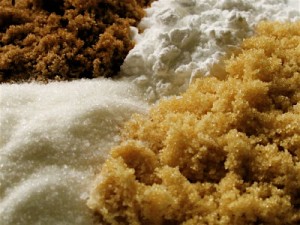 In the search to keep my sweet tooth from suffering the change in our diets I’m discovering a lot of great information. I’m not going to break down all the sugar options available since it’s already been done. But I am going to tell you which ones I’m interested in and I think are most healthful. Below is a graph that I hope breaks it down a little and descriptions of each option are listed under the chart. There are many options that I didn’t list because they were not a healthy option or they were similar to one of the items I did list. After doing this chart Luo Han Guo is an obvious winner in my book and I will be visiting the Asian market and health food stores to see if I can find it locally. The benefits we love from Stevia without the aftertaste, longevity of life, and is affordable since you use so little!
In the search to keep my sweet tooth from suffering the change in our diets I’m discovering a lot of great information. I’m not going to break down all the sugar options available since it’s already been done. But I am going to tell you which ones I’m interested in and I think are most healthful. Below is a graph that I hope breaks it down a little and descriptions of each option are listed under the chart. There are many options that I didn’t list because they were not a healthy option or they were similar to one of the items I did list. After doing this chart Luo Han Guo is an obvious winner in my book and I will be visiting the Asian market and health food stores to see if I can find it locally. The benefits we love from Stevia without the aftertaste, longevity of life, and is affordable since you use so little!
| Sweetner |
Sugars/100g |
Calories/100g |
$/Serving |
| Date Sugar |
63.4g |
282 |
$1.12 |
| Maple Sugar |
91g |
354 |
$4.00 |
| Palm Sugar |
60g |
300 |
$2.32 |
| Rapadura |
75g |
380 |
$1.00 |
| Sorghum |
75g |
290 |
$3.35 |
| Raw Honey |
89mg |
304 |
$5.81 |
| Stevia |
0g |
0 |
$1.24* |
| Luo Han Guo |
0g |
0 |
$1.07* |
*additional $1 for 1 cup of applesauce for recipe consistency equality
Date Sugar– Made from chopped dried dates that have been ground into a powder without processing. Does not work well in recipes that require melting of sugar as it does not melt and may clump. Cooking ratio is two-thirds date sugar to one part refined sugar. Healthy vitamins and minerals. Can cause spikes in blood sugar levels. $4.20/lb
Maple Sugar– Made from evaporating the syrup of maple trees and then drying it and grinding into a powder. It is not processed. Cooking ratio is one part to one part refined sugar. Healthy vitamins and minerals. Can cause spikes in blood sugar levels. $10/lb
Palm Sugar– Made from evaporating the sap of coconut palms which is boiled, dried, and then ground. It is not processed. Cooking ratio is one part to one part refined sugar. Healthy vitamins and minerals. It has a low glycemic index of 35 compared to cane sugar’s at 50. $5.80/lb
Rapadura- Made by extracting the juices from the sugar cane, boiling it and then drying it. It is not processed. Cooking ratio is one part to one part refined sugar. Healthy vitamins and minerals. Can cause spikes in blood sugar levels. $2.50/lb
Sorghum Syrup– Made by extracting the juices from sorghum stalks, and boiling it down to a syrup. It is not processed. Cooking ratio is one part to one part refined sugar. Healthy vitamins and minerals. Can cause spikes in blood sugar levels. $3.35/lb
Raw Honey– Made by extracting from the beehive and running through a strainer. It is not processed. Cooking ratio is one part to one part refined sugar. Healthy vitamins, minerals, and anti-allergens. Can cause spikes in blood sugar levels. $7.75/1lb
Stevia– The glycosides are separated from the herb and refined into a liquid or a powder. It is 30-200 times sweeter than refined sugar and may have a unpleasant aftertaste. Does not give good results with recipes containing yeast. There are no calories and it does not raise blood sugar levels. $11.50/lb
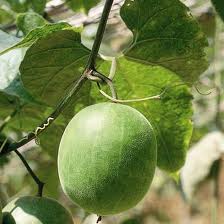 Luo Han Guo– Made from extracted mogrosides of a Chinese fruit and refined into a liquid or a powder. It is 300 times sweeter than refined sugar with no unpleasant aftertaste. There are no calories and it does not raise blood sugar levels. Longer lifespans have been documented in relation to consumption. $17.25/lb Note: I have not found this locally or online yet without additives like xylitol.
Luo Han Guo– Made from extracted mogrosides of a Chinese fruit and refined into a liquid or a powder. It is 300 times sweeter than refined sugar with no unpleasant aftertaste. There are no calories and it does not raise blood sugar levels. Longer lifespans have been documented in relation to consumption. $17.25/lb Note: I have not found this locally or online yet without additives like xylitol.
Sources- Azure Standard, Tried Tasted Served, Small Footprint Family, Wikipedia
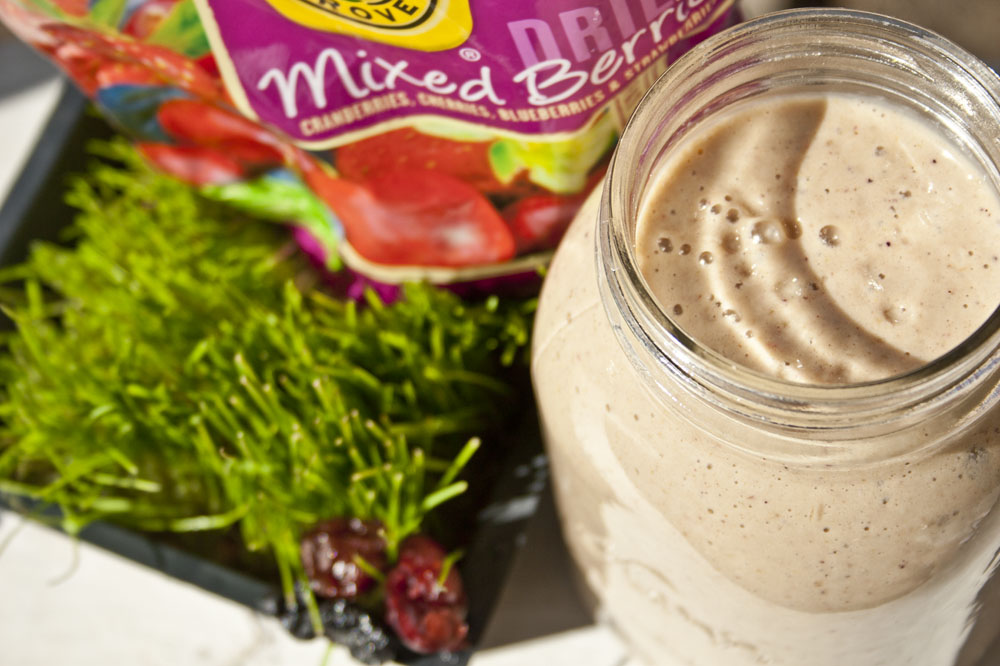 Breakfast has never been sweeter! We got a Vitamix recently and we have been making smoothies each morning and for bedtime snacks. People have been asking me what we put in our smoothies that makes it taste great but when it’s still packed with nutrients. This one is a fruit smoothie and I will post more recipes in the future for smoothies with more greens.
Breakfast has never been sweeter! We got a Vitamix recently and we have been making smoothies each morning and for bedtime snacks. People have been asking me what we put in our smoothies that makes it taste great but when it’s still packed with nutrients. This one is a fruit smoothie and I will post more recipes in the future for smoothies with more greens.
 In the search to keep my sweet tooth from suffering the change in our diets I’m discovering a lot of great information. I’m not going to break down all the
In the search to keep my sweet tooth from suffering the change in our diets I’m discovering a lot of great information. I’m not going to break down all the 

 …a product of self expression:
…a product of self expression: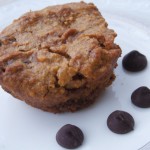
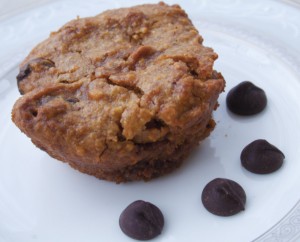
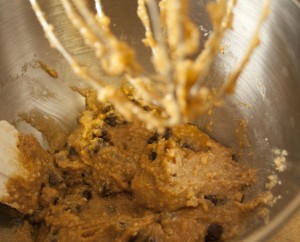 “Agave nectar’s glycemic index and glycemic load are comparable to fructose, which in turn has a much lower glycemic index and glycemic load than table sugar (sucrose). However, consumption of large amounts of fructose can be deleterious and can trigger fructose malabsorption, metabolic syndrome, hypertriglyceridemia, decreased glucose tolerance, hyperinsulinemia, and accelerated uric acid formation.” –
“Agave nectar’s glycemic index and glycemic load are comparable to fructose, which in turn has a much lower glycemic index and glycemic load than table sugar (sucrose). However, consumption of large amounts of fructose can be deleterious and can trigger fructose malabsorption, metabolic syndrome, hypertriglyceridemia, decreased glucose tolerance, hyperinsulinemia, and accelerated uric acid formation.” –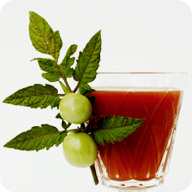
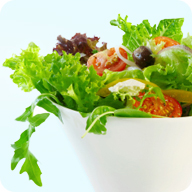 Step 3: After you’re used to these, then go to the next step:
Step 3: After you’re used to these, then go to the next step: “The lack of a warning is concerning because parents are using fluoridated tap water to reconstitute baby formula, and fluoridated drinking water contains up to 250 times more fluoride than breast milk (1000 ppb in fluoridated tap water vs. 5-10 ppb in breast milk). This means that babies consuming formula made with fluoridated tap water are exposed to much higher levels of fluoride than a breast-fed infant. A baby drinking fluoridated formula receives the highest dosage of fluoride among all age groups in the population whereas a breast-fed infant receives the lowest, and few scientists dispute the concept that mother’s milk has the optimal nutrient composition for infants. The American Academy of Pediatrics clearly states:
“The lack of a warning is concerning because parents are using fluoridated tap water to reconstitute baby formula, and fluoridated drinking water contains up to 250 times more fluoride than breast milk (1000 ppb in fluoridated tap water vs. 5-10 ppb in breast milk). This means that babies consuming formula made with fluoridated tap water are exposed to much higher levels of fluoride than a breast-fed infant. A baby drinking fluoridated formula receives the highest dosage of fluoride among all age groups in the population whereas a breast-fed infant receives the lowest, and few scientists dispute the concept that mother’s milk has the optimal nutrient composition for infants. The American Academy of Pediatrics clearly states: